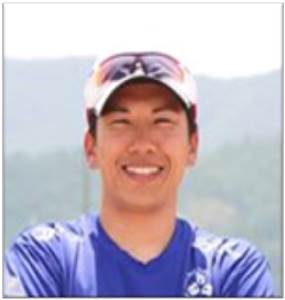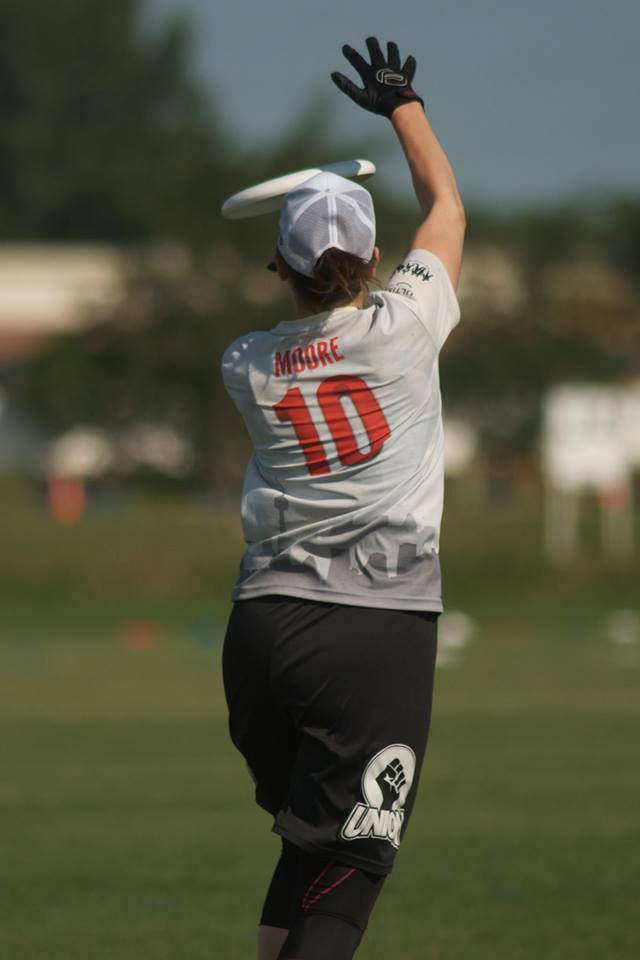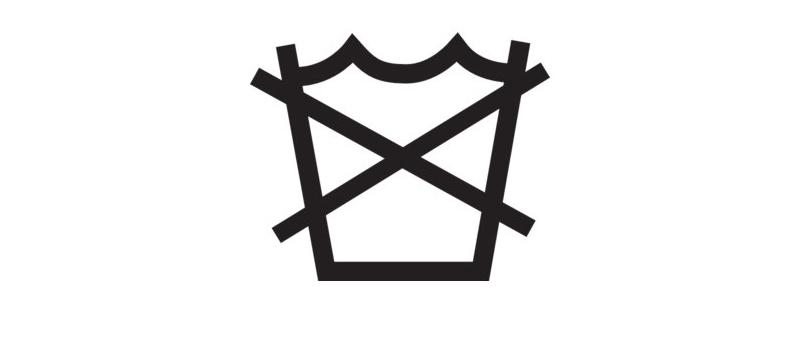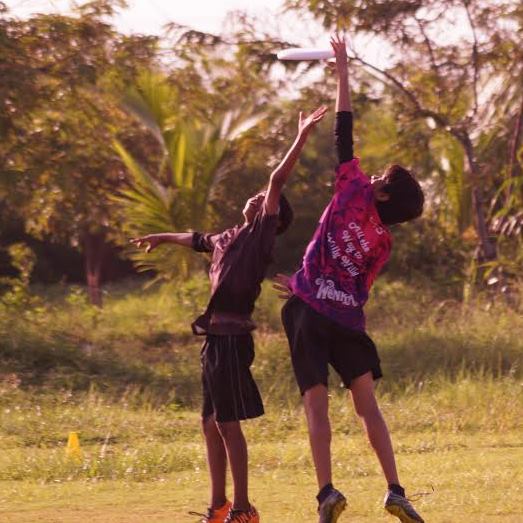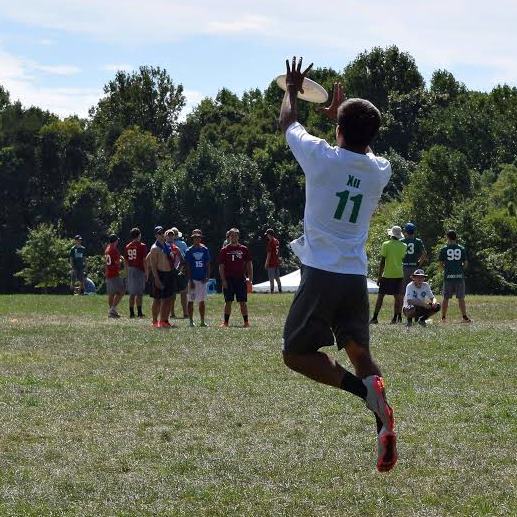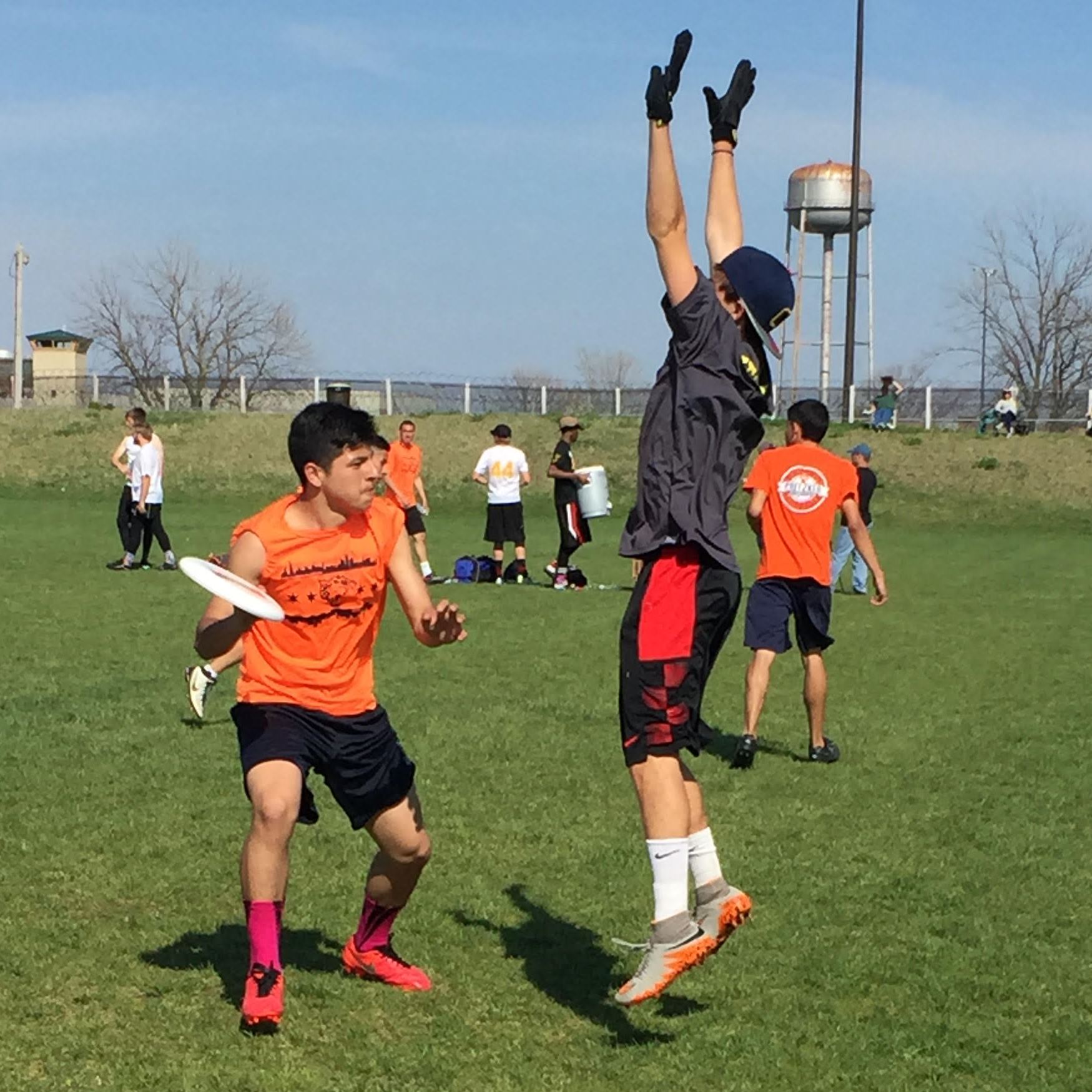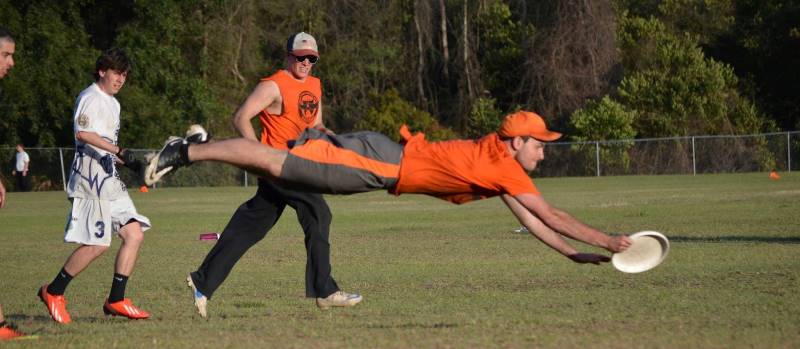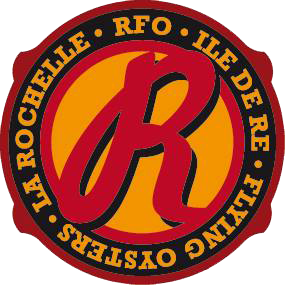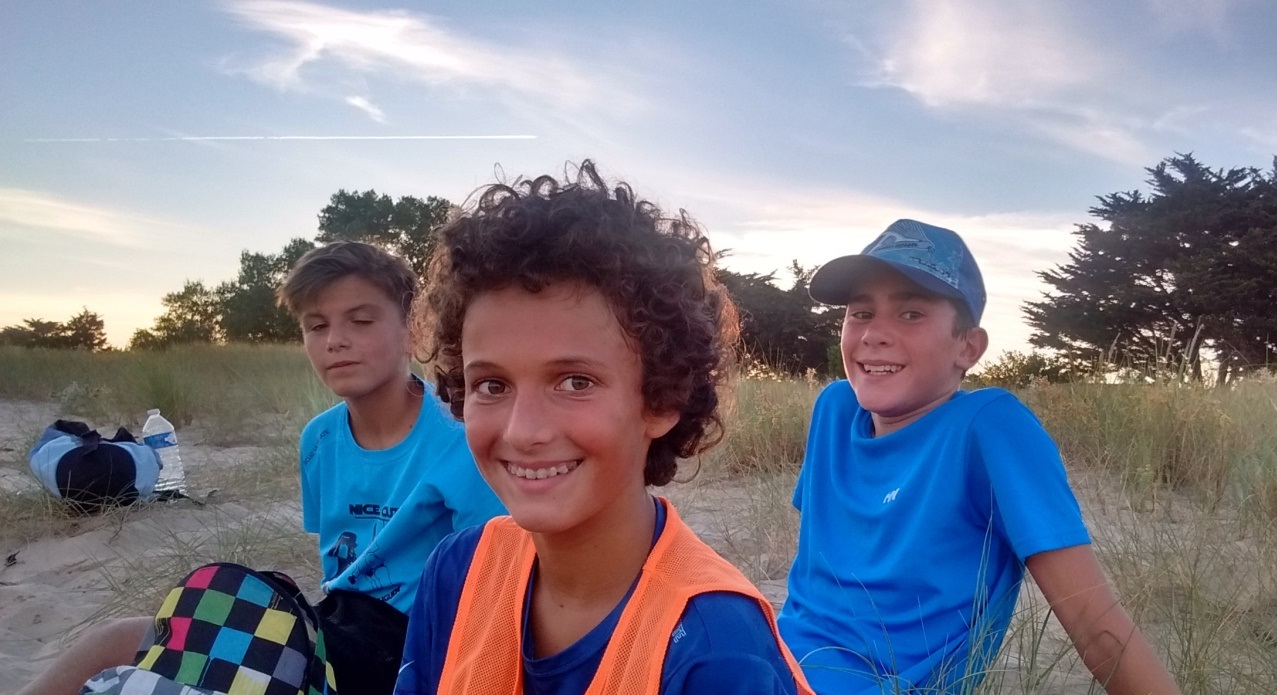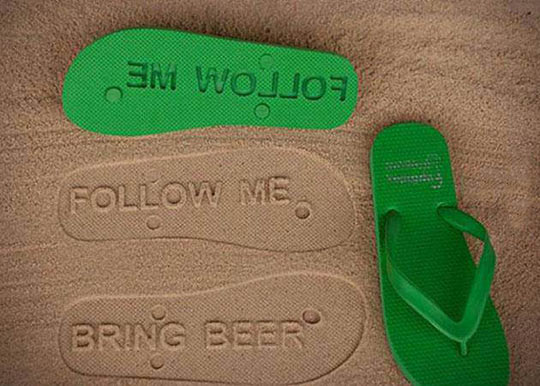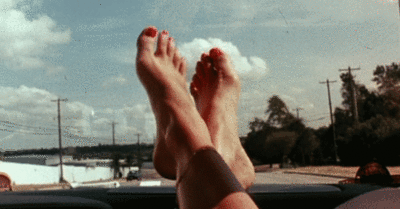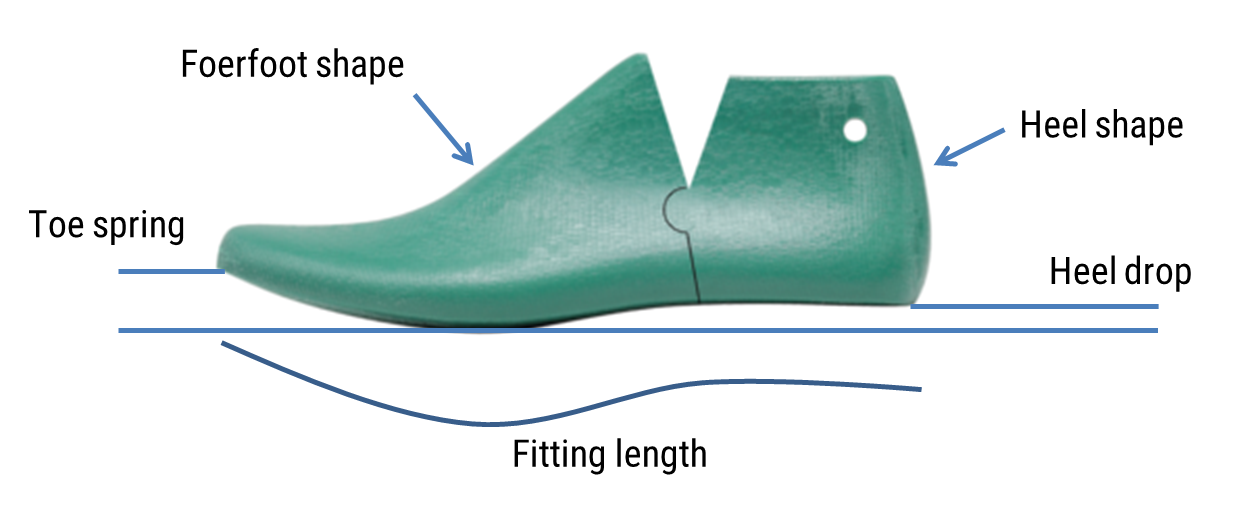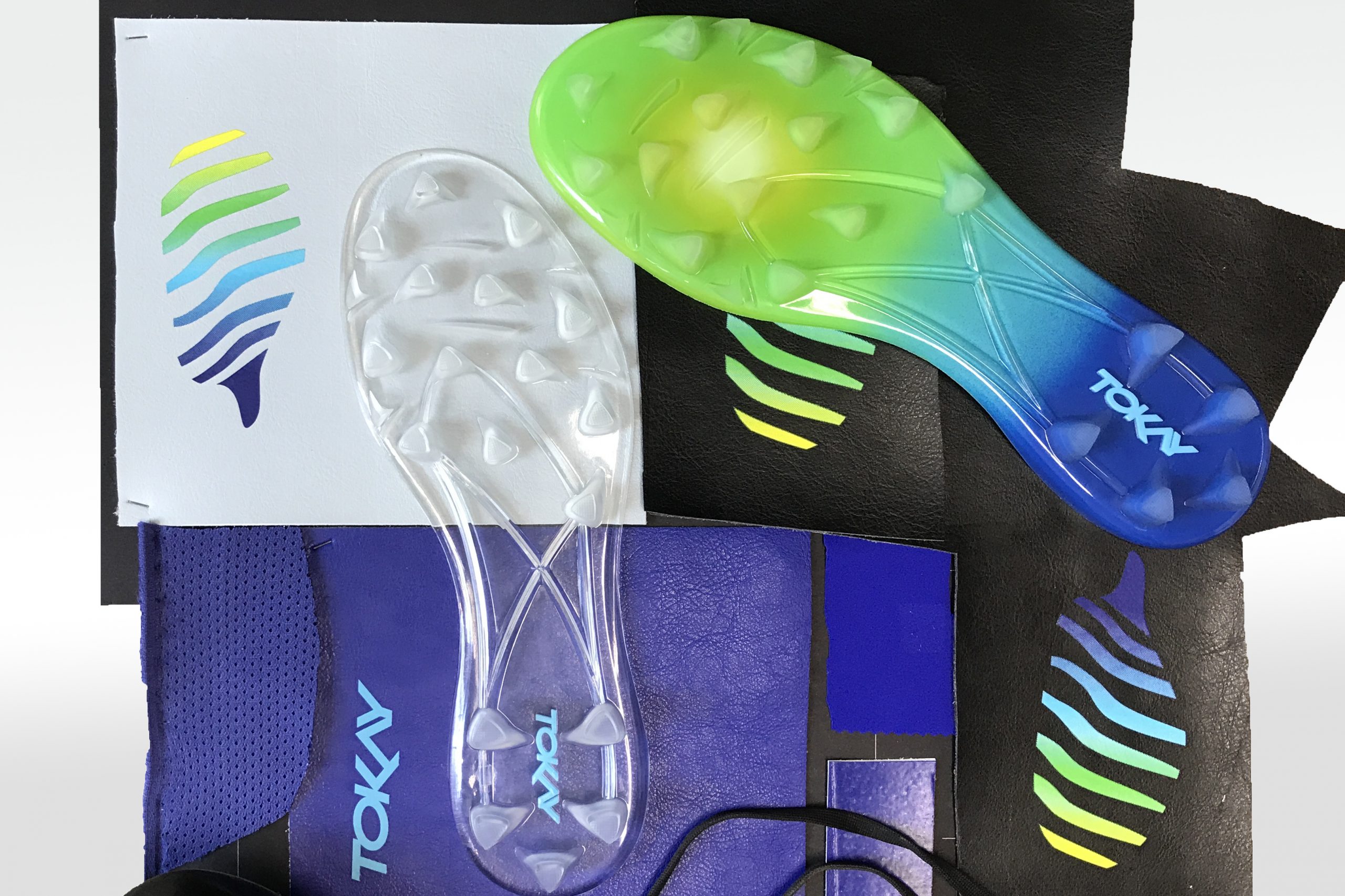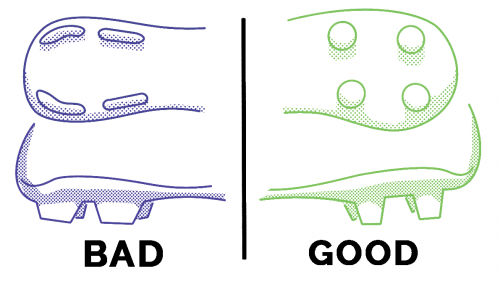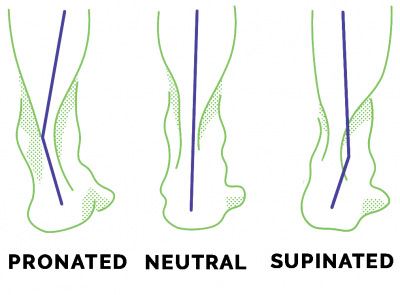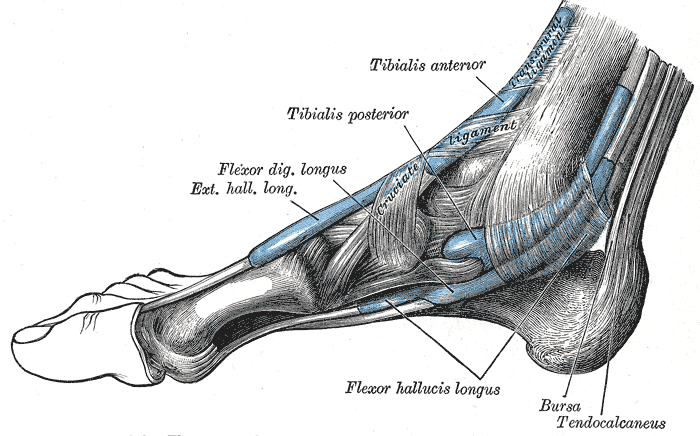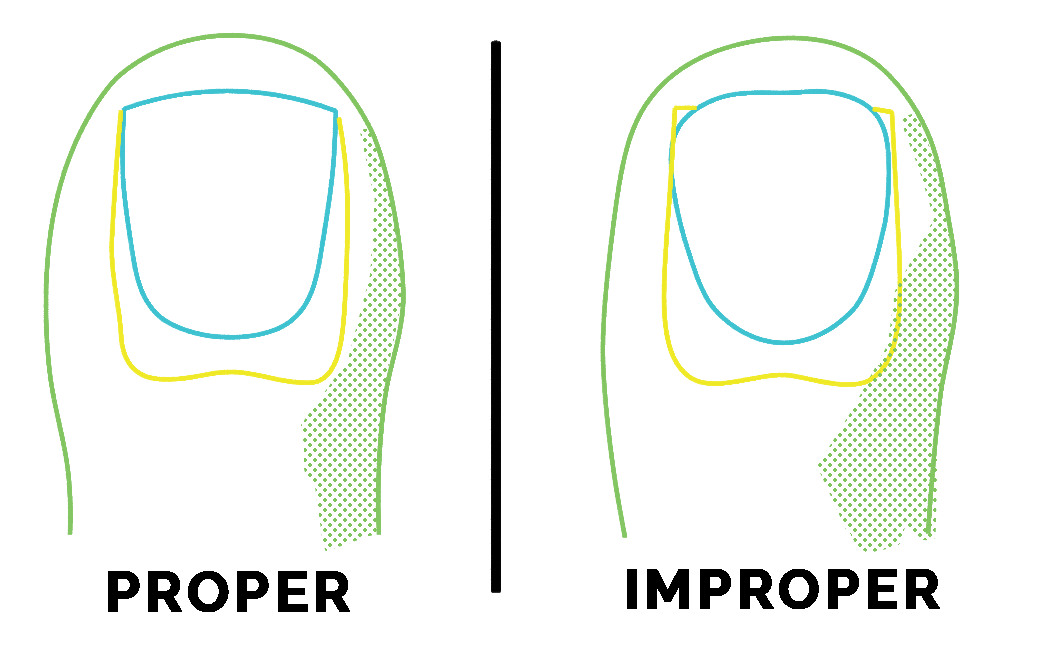To make sure we’ll produce the best cleats for you, we decided to build a team of high level players who will test the shoes for you! They will receive early prototypes of the shoes to test them and send us their feedbacks, so we can improve the models.
Discover here who they are:
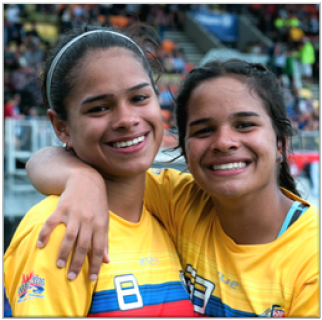
Valeria & Manuela CARDENAS, Revolution, Colombia
Playing both world finals (WUGC 2016) and junior semi-finals (WJUC 2016) the same year is not common! But that’s part of the accomplishments of Cardenas twin sisters this year despite their young age.
Laura CHAGNEUX, YAKA, France
Incessant traveler, Laura has been playing in 8 clubs during her 11 years carrier, which led her 3 times to EUCF (won one, with SUN, 2014 Mixed division). She also took part to WUGC this year with the French mixed team.

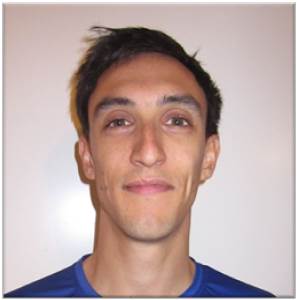
Maxime GARROS, Tchac, France
Playing since 1998, Maxime has experienced ultimate in the UK, Canada, and of course France, where he coached his club twice to victory in the French championship and to a 3rd place at EUCF this year. He’d tell you : “Whatever it takes, do it strong with passion!“
Mario O’Brien, Seattle Sockeye, USA
Mario O’Brien is the Producer and Creative Director of RISE UP, Ultimate’s only professional instructional video series. He currently plays pro/elite ultimate for Seattle Sockeye and the Seattle Cascades.


Justin Foord, Clapham, UK
Playing since 2006 with Clapham Ultimate and GOAT in Canada. More recently joined Toronto RUSH to play in the AUDL. 9 times National champion and 5 time European champion with Clapham Ultimate and GB. Very excited to be a part of the Tokay project!
Michelle Phillips, Bauhaus, Australia
Mish Phillips has played with Bauhaus Ultimate for the entire ten years of both her playing career and the club’s existence, and captained or coached the team for the last six. She represented 5 times Australia and two time her club at international level since 2008.

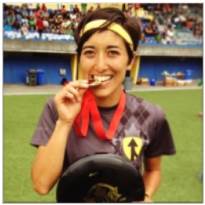
Rena Kawabata, Traffic, Canada
Rena has been playing ultimate since 2004. She currently plays on Vancouver Traffic and finished 6th at this year’s USAU Club Championships. She has also represented Canada twice on the international stage.
Masahiro Matsuno, Buzz Bullets, Japan
Matsuno is the leading players of the impressive japan open team that made it to the finals in WUGC this year, he’s been in every national, continental or world championship since 2006!
